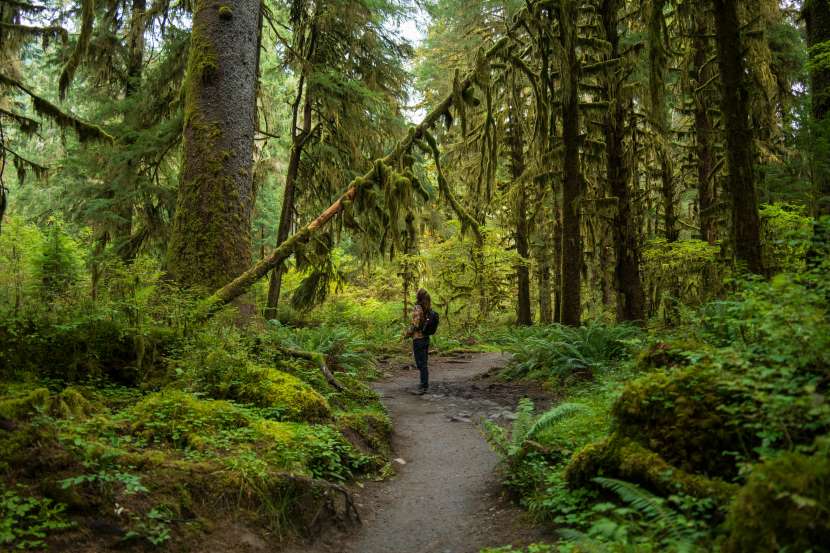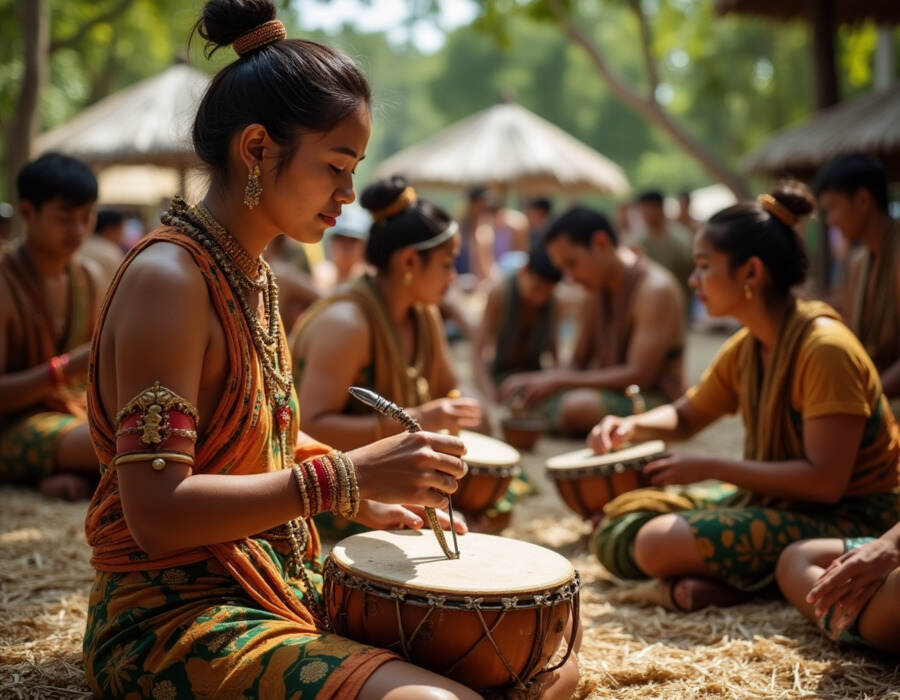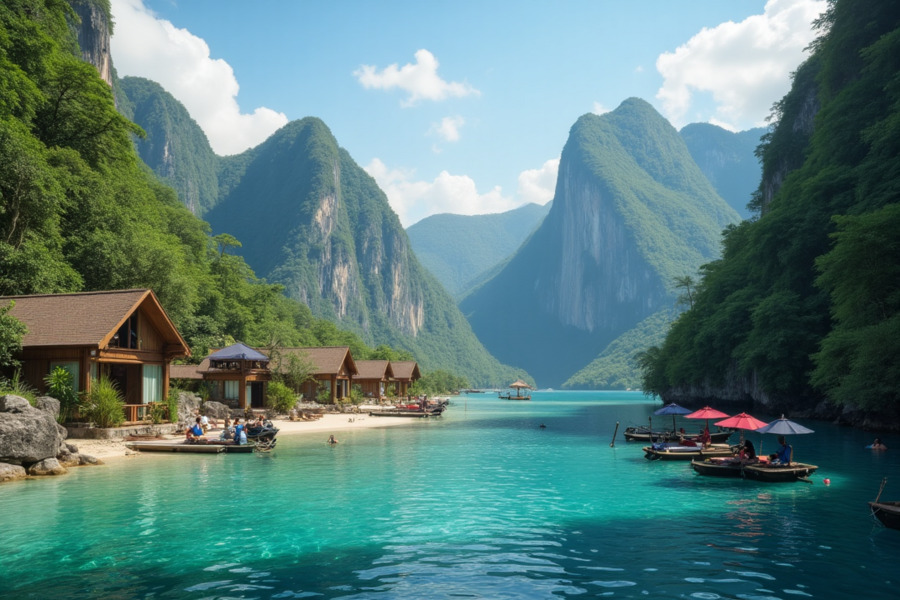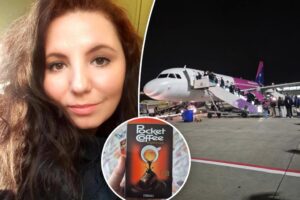≡-Washington State: Unveiling The Magic Of Nocturnal Tourism, Bioluminescence, Stargazing And Moonlit Adventures – Viral of Today
<> Viral of Today <>
Published on
August 27, 2025Washington State is home to some of the most unique and captivating nocturnal experiences for travelers. From glowing waters lit by bioluminescent organisms to stargazing at world-renowned observatories, the state offers a wide range of activities that cater to both the adventurous and those seeking tranquility under the stars. Whether it’s the serene beauty of bioluminescent seas or the grandeur of a full-moon hike through the Olympic Mountains, Washington’s dark side reveals a whole new world of travel opportunities.Experience the Glow of BioluminescenceOne of the most awe-inspiring experiences in Washington is the opportunity to witness bioluminescence, a natural phenomenon where tiny organisms light up the waters with a brilliant blue-green glow. This magical spectacle is typically seen during the summer and early fall on moonless nights, when the organisms, known as dinoflagellates, are most active in warmer waters. While it may sound like something from a science fiction novel, the sight of glowing water can easily become a favorite moment for travelers who embrace nocturnal tourism.Several locations throughout Washington offer prime viewing spots for bioluminescence, and though some are popular summer destinations, they provide a refreshing departure from the typical daytime crowds. Orcas Island, San Juan Island, and Whidbey Island are among the top spots to witness this magical phenomenon, each offering its own unique vantage point for travelers looking to experience the natural wonder. For those who prefer a less crowded experience, Fort Flagler State Park, Port Gamble, and Bellingham are known for their calmer settings and are ideal for a quieter viewing experience.Local tour operators, such as Whidbey Island Kayaking, offer guided tours for those wishing to experience the glow firsthand. The added benefit of a tour is the chance to gain insight into the science behind the bioluminescent organisms, as well as to ensure a successful viewing despite the unpredictability of nature.For a more leisurely option, Washington State Ferry offers travelers a unique way to enjoy the nocturnal beauty of the region. Departing at sunset, ferry rides offer breathtaking views of the Olympic Mountain range as the sun sets. As night falls, the ferry ride back showcases the twinkling lights of the Seattle skyline, creating an enchanting evening atmosphere. Late-night ferry rides to Bainbridge Island and Bremerton provide a chance to enjoy moonlit views while indulging in a picnic dinner on the water.Stargazing in Eastern WashingtonAs night falls in Eastern Washington, the clear skies offer some of the best stargazing opportunities in the state. The region’s consistent sunny weather and relatively low levels of light pollution make it a prime destination for astronomers and skywatchers alike. The Goldendale Observatory, located at the edge of the Columbia River Gorge in the Simcoe Mountains, is home to the largest publicly accessible telescope in the United States. With its recent upgrades, the observatory now offers daily solar and evening shows, providing visitors with the chance to view distant planets, galaxies, star clusters, and nebulae through a live telescope. The lack of nearby urban lights makes this observatory an excellent spot for stargazing, offering clear, unobstructed views of the night sky.For those traveling to the Goldendale Observatory, the town of Goldendale, located approximately 212 miles from Seattle, offers few accommodations. Visitors are encouraged to book appointments with the Friends of Gorge Area Parks in advance. A stay in nearby White Salmon, just 45 miles west of Goldendale, provides a great base for exploring the region.Viewing the Stars in Pullman and BeyondFurther to the east, Pullman’s Jewett Observatory offers seasonal stargazing opportunities, focusing on planets like Mars and Saturn, particularly during late summer and fall. In addition to observing planets, meteor showers are another key attraction for those visiting Washington in the coming months. For those eager to catch a glimpse of these celestial events, the Washington Trails Association provides a list of dark-sky destinations ideal for viewing meteor showers, including spots like Rasar State Park, Samish Overlook, and the Snoqualmie Valley Trail.Moonlit Hikes in Iconic National ParksWashington’s national parks come alive under the moonlight, offering a different perspective on some of the state’s most famous landscapes. For those seeking a more active experience, the National Park Service suggests moonlit hikes during the summer months. The Mount Rainier National Park offers full-moon hikes in popular areas like Longmire, Paradise, and Stevens Canyon Road, allowing hikers to experience the park’s beauty under the soft glow of the moon. These hikes provide a serene, peaceful way to immerse oneself in nature after dark.Olympic National Park, known for its rugged coastline, lush forests, and towering mountains, also offers a series of “Dark Sky” programs throughout the summer. These programs allow participants to gaze at the moon through a telescope while learning about its craters, seas, and legends. The Dark Sky program at Hurricane Ridge, which reaches an elevation of 5,242 feet, offers an unparalleled vantage point for observing celestial events like the aurora borealis, adding an extra touch of magic to the nighttime experience.Practical Tips for Nocturnal ExplorationWhile nocturnal tourism in Washington State offers a unique adventure, it’s important to take the necessary precautions to ensure a safe and enjoyable experience. The Washington Trails Association provides tips on hiking during the night, such as carrying a flashlight, dressing warmly, and ensuring you are well-prepared for the changing conditions of the evening. The full-moon hikes in Mount Rainier and Olympic National Parks often require advance registration, so planning ahead is essential.For those looking to explore on their own, several well-marked trails and observation points in the state’s national parks and state parks offer great opportunities for self-guided nocturnal adventures. Additionally, local resources such as the Washington State Tourism website and the Washington Trails Association offer valuable information on the best spots for stargazing and moonlit hiking.Washington’s Nocturnal Wonders: Bioluminescence, Stargazing, and Moonlit AdventuresWashington State’s nocturnal tourism experiences are unmatched, offering visitors a chance to witness bioluminescent wonders, gaze at distant stars, and embark on moonlit hikes through some of the country’s most breathtaking natural landscapes. Whether you’re kayaking under the stars, stargazing from an observatory, or hiking under a full moon, Washington offers a variety of nocturnal adventures that will leave you in awe of the state’s natural beauty.
This information will surprise you!
See also
- Read until the end to discover everything.
- Important information you need to know.
- Interesting facts and helpful tips.
Conclusion
Did you enjoy the news? Keep following us daily!













